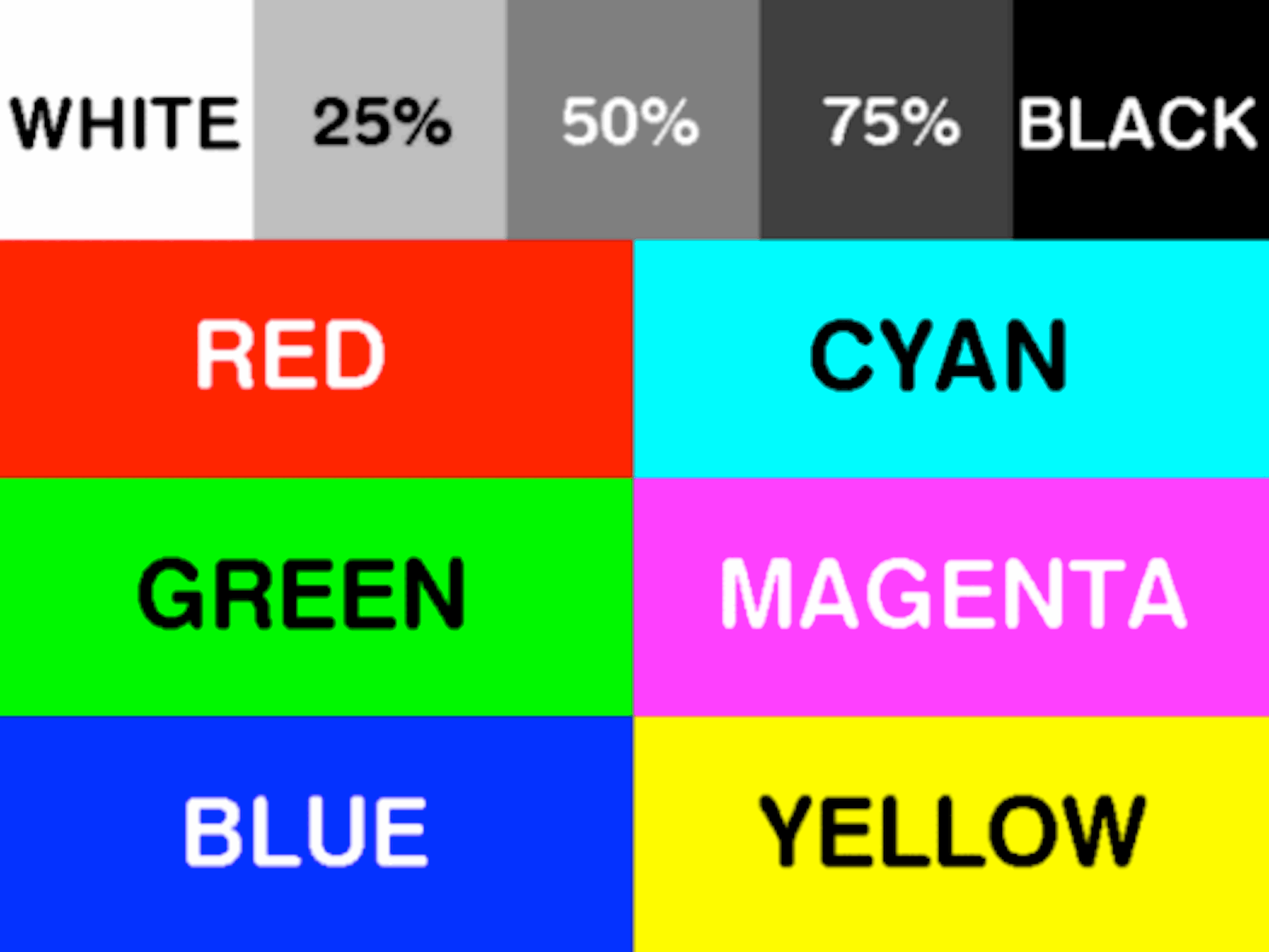Other Parts Discussed in Thread: DS90C387
Tool/software: Linux
On my AM5708 custom board with dual LVDS attached to a FHD panel, I am using "fbi" tool to display images onto the framebuffer. Mostly it's working right, but as you can see it has horizontal and vertical lines and colors seem toe be off as well. Can someone suggest avenues to debug this?


